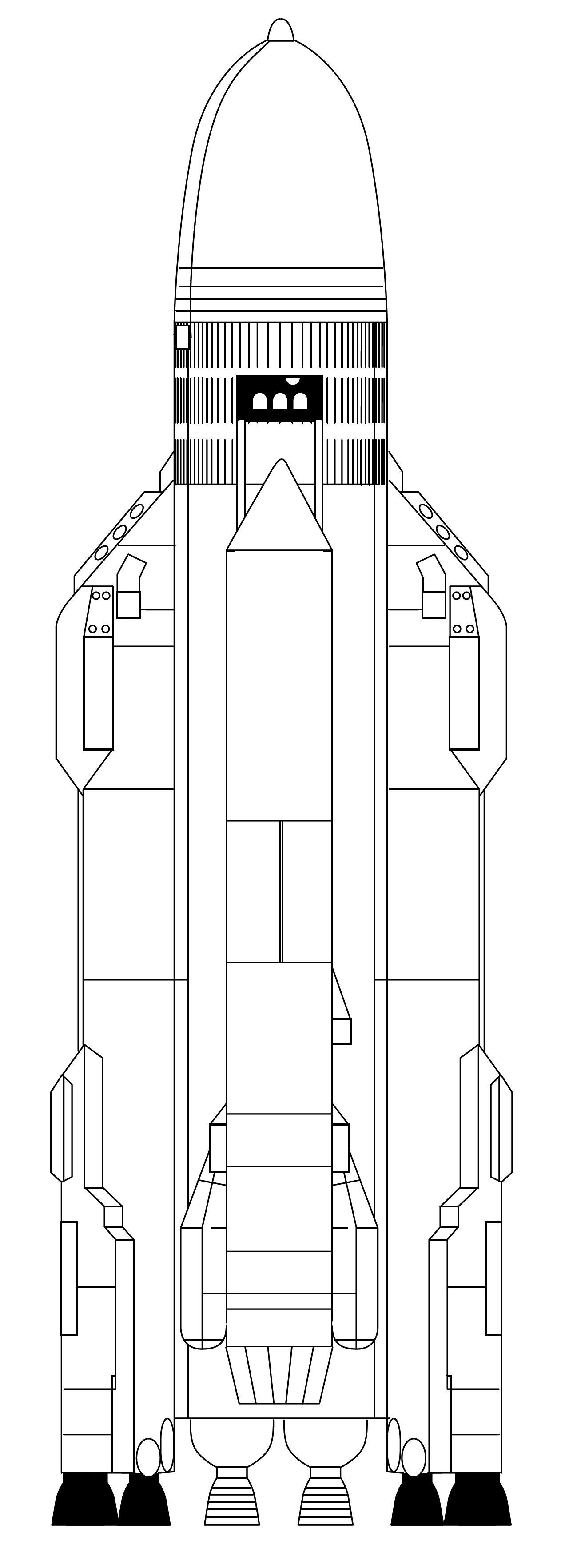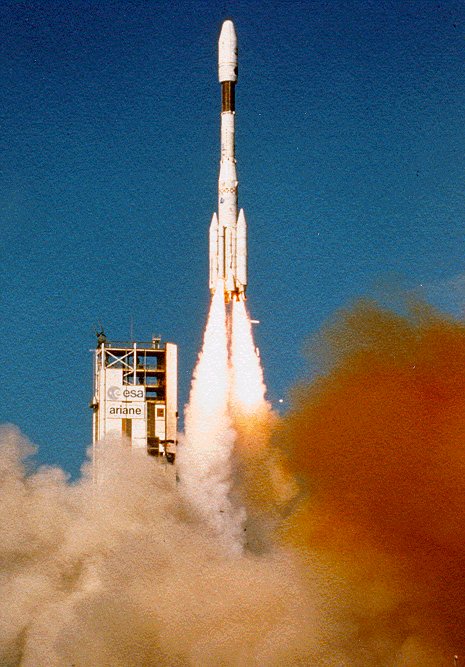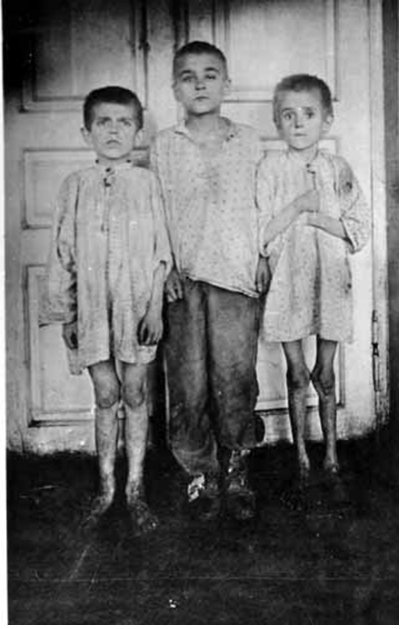|
Zenit (rocket Family)
Zenit (, ; meaning ''Zenith'') was a family of space launch vehicles designed by the Yuzhnoye Design Bureau in Dnipro, Ukraine, which was then part of the Soviet Union. Zenit was originally built in the 1980s for two purposes: as a liquid rocket booster for the Energia (rocket), Energia rocket and, equipped with a second stage, as a stand-alone middle-weight launcher with a payload greater than the 7 tonnes of the Soyuz (rocket), Soyuz but smaller than the 20 tonnes payload of the Proton (rocket family), Proton. The last rocket family developed in the USSR, the Zenit was intended as an eventual replacement for the dated Soyuz and Proton families, and it would employ propellants which were safer and less toxic than the Proton's nitrogen tetroxide/UDMH mix. Zenit was planned to take over crewed spaceship launches from Soyuz, but these plans were abandoned after the dissolution of the Soviet Union in 1991. Many of components of the Zenit rockets were produced in Russia. The Ukraini ... [...More Info...] [...Related Items...] OR: [Wikipedia] [Google] [Baidu] |
Baikonur Cosmodrome
The Baikonur Cosmodrome is a spaceport operated by Russia within Kazakhstan. Located in the Kazakh city of Baikonur, it is the largest operational space launch facility in terms of area. All Russian Human spaceflight, crewed spaceflights are launched from Baikonur. Situated in the Kazakh Steppe, some above sea level, it is to the east of the Aral Sea and north of the Syr Darya. It is close to Töretam, a station on the Trans-Aral Railway. Russia, as the official successor state to the Soviet Union, has retained control over the facility since 1991; it originally assumed this role through the post-Soviet Commonwealth of Independent States (CIS), but ratified an agreement with Kazakhstan in 2005 that allowed it to lease the spaceport until 2050. It is jointly managed by Roscosmos and the Russian Aerospace Forces. In 1955, the Ministry of Defense (Soviet Union), Soviet Ministry of Defense issued a decree and founded the Baikonur Cosmodrome. It was originally built as the chief ... [...More Info...] [...Related Items...] OR: [Wikipedia] [Google] [Baidu] |
Block DM-SL
Blok D () is an upper stage used on Soviet and later Russian expendable launch systems, including the N1, Proton-K and Zenit. The stage (and its derivatives) has been included in more than 320 launched rockets . By 2002 its modification Blok DM had a 97% success rate in 218 flights since 1974, and 43 successful missions in 1997–2002. The stage was developed in the 1960s as the fifth stage (' Д' is the fifth letter in the Cyrillic alphabet) for the powerful N1 rocket used in the Soviet crewed lunar programs. The stage first flew in March 1967 while testing the Zond spacecraft as a part of those programs. During crewed lunar flight Blok D would be used for mid-course corrections on the flight to the Moon, then to place the lunar orbiter and lander into a lunar orbit, and decelerate moon-lander out onto its landing trajectory. Blok D was also included as fourth stage of Proton-K and as such flew on uncrewed Soviet missions to Moon, Mars (Mars 3) and Venus. It was used ... [...More Info...] [...Related Items...] OR: [Wikipedia] [Google] [Baidu] |
Russo-Ukrainian War
The Russo-Ukrainian War began in February 2014 and is ongoing. Following Ukraine's Revolution of Dignity, Russia Russian occupation of Crimea, occupied and Annexation of Crimea by the Russian Federation, annexed Crimea from Ukraine. It then supported Russian separatist forces in Ukraine, Russian paramilitaries who began a War in Donbas, war in the eastern Donbas region against Ukraine's military. In 2018, Ukraine declared the region to be Russian-occupied territories of Ukraine, occupied by Russia. These first eight years of conflict also included List of Black Sea incidents involving Russia and Ukraine, naval incidents and Russo-Ukrainian cyberwarfare, cyberwarfare. In February 2022, Russia launched a Russian invasion of Ukraine, full-scale invasion of Ukraine and began occupying more of the country, starting the biggest conflict in Europe since World War II. The war has resulted in a Ukrainian refugee crisis, refugee crisis and hundreds of thousands of deaths. In early 201 ... [...More Info...] [...Related Items...] OR: [Wikipedia] [Google] [Baidu] |
Dissolution Of The Soviet Union
The Soviet Union was formally dissolved as a sovereign state and subject of international law on 26 December 1991 by Declaration No. 142-N of the Soviet of the Republics of the Supreme Soviet of the Soviet Union. Declaration No. 142-Н of the Soviet of the Republics of the Supreme Soviet of the Soviet Union, formally establishing the dissolution of the Soviet Union as a state and subject of international law. It also brought an end to the Soviet Union's federal government and General Secretary (also President) Mikhail Gorbachev's effort to reform the Soviet political and economic system in an attempt to stop a period of political stalemate and economic backslide. The Soviet Union had experienced internal stagnation and ethnic separatism. Although highly centralized until its final years, the country was made up of 15 top-level republics that served as the homelands for different ethnicities. By late 1991, amid a catastrophic political crisis, with several republics al ... [...More Info...] [...Related Items...] OR: [Wikipedia] [Google] [Baidu] |
Proton (rocket Family)
Proton (, formal designation: UR-500) is an expendable launch system used for both commercial and Russian government space launches. The first Proton rocket was launched in 1965. Modern versions of the launch system are still in use , making it one of the most successful heavy boosters in the history of spaceflight. The components of all Protons are manufactured in the Khrunichev State Research and Production Space Center factory in Moscow and Chemical Automatics Design Bureau in Voronezh, then transported to the Baikonur Cosmodrome, where they are assembled at Site 91 to form the launch vehicle. Following payload integration, the rocket is then brought to the launch pad horizontally by rail, and raised into vertical position for launch. As with many Soviet rockets, the names of recurring payloads became associated with the launch vehicle itself. The moniker "Proton" originates from a series of similarly named scientific satellites, which were among the rocket's first payloads ... [...More Info...] [...Related Items...] OR: [Wikipedia] [Google] [Baidu] |
Soyuz (rocket)
The Soyuz (, meaning "union", GRAU index 11A511) was a Soviet expendable carrier rocket designed in the 1960s by OKB-1 and manufactured by State Aviation Plant No. 1 in Kuybyshev, Soviet Union. It was commissioned to launch Soyuz spacecraft as part of the Soviet human spaceflight program, first with eight uncrewed test flights, followed by the first 19 crewed launches. The original Soyuz also propelled four test flights of the improved Soyuz 7K-T capsule between 1972 and 1974. It flew 30 successful missions over ten years and suffered two failures. The Soyuz 11A511 type, a member of the R-7 family of rockets, first flew in 1966 and was an attempt to standardize the R-7 family and get rid of the variety of models that existed up to that point. It was basically a Molniya 8K78M without the Blok L stage. It featured the 8D74M RD-107 and the RD-110 engines from the 8K78M, The new, uprated core stage and strap-ons became standard for all R-7 derived launch vehicles to replace ... [...More Info...] [...Related Items...] OR: [Wikipedia] [Google] [Baidu] |
Energia (rocket)
Energia (; GRAU 11K25) was a 1980s super-heavy lift launch vehicle. It was designed by NPO Energia of the Soviet Union as part of the Buran programme, Buran program for a variety of payloads including the Buran (spacecraft), Buran spacecraft. Control system main developer enterprise was the Khartron NPO "Electropribor". The Energia used four strap-on boosters each powered by a four-chamber RD-170 engine burning kerosene/Liquid oxygen, LOX, and a central core stage with four single-chamber RD-0120 (11D122) engines fueled by liquid hydrogen/LOX. The launch vehicle had two functionally different operational variants: Energia-Polyus, the initial test configuration, in which the Polyus (spacecraft), Polyus system was used as a final stage intended to put the payload into orbit, and Energia-Buran, in which the Buran programme, ''Buran'' orbiter was the payload and the source of the orbit insertion impulse. The launch vehicle had the capacity to place about 100 tonnes in Low Earth orbit ... [...More Info...] [...Related Items...] OR: [Wikipedia] [Google] [Baidu] |
Liquid Rocket Booster
A liquid rocket booster (LRB) uses liquid fuel and oxidizer to give a liquid-propellant or hybrid rocket an extra boost at take-off, and/or increase the total payload that can be carried. It is attached to the side of a rocket. Unlike solid rocket boosters, LRBs can be throttled down if the engines are designed to allow it, and can be shut down safely in an emergency for additional escape options in human spaceflight. History By 1926, US scientist Robert Goddard had constructed and successfully tested the first rocket using liquid fuel at Auburn, Massachusetts. For the Cold War era R-7 Semyorka missile, which later evolved into the Soyuz rocket, this concept was chosen because it allowed all of its many rocket engines to be ignited and checked for function while on the launch pad. The Soviet Energia rocket of the 1980s used four Zenit liquid fueled boosters to loft both the '' Buran'' and the experimental '' Polyus'' space battlestation in two separate launches. Two versi ... [...More Info...] [...Related Items...] OR: [Wikipedia] [Google] [Baidu] |
Soviet Union
The Union of Soviet Socialist Republics. (USSR), commonly known as the Soviet Union, was a List of former transcontinental countries#Since 1700, transcontinental country that spanned much of Eurasia from 1922 until Dissolution of the Soviet Union, it dissolved in 1991. During its existence, it was the list of countries and dependencies by area, largest country by area, extending across Time in Russia, eleven time zones and sharing Geography of the Soviet Union#Borders and neighbors, borders with twelve countries, and the List of countries and dependencies by population, third-most populous country. An overall successor to the Russian Empire, it was nominally organized as a federal union of Republics of the Soviet Union, national republics, the largest and most populous of which was the Russian SFSR. In practice, Government of the Soviet Union, its government and Economy of the Soviet Union, economy were Soviet-type economic planning, highly centralized. As a one-party state go ... [...More Info...] [...Related Items...] OR: [Wikipedia] [Google] [Baidu] |
Dnipro
Dnipro is Ukraine's fourth-largest city, with about one million inhabitants. It is located in the eastern part of Ukraine, southeast of the Ukrainian capital Kyiv on the Dnieper River, Dnipro River, from which it takes its name. Dnipro is the Capital (political), administrative centre of Dnipropetrovsk Oblast. It hosts the administration of Dnipro urban hromada. Dnipro has a population of Archeological evidence suggests the site of the present city was settled by Cossacks, Cossack communities from at least 1524. Yekaterinoslav ("glory of Catherine") was established by decree of the Emperor of all the Russias, Russian Empress Catherine the Great in 1787 as the administrative center of Novorossiya Governorate, Novorossiya. From the end of the 19th century, the town attracted foreign capital and an international, multi-ethnic workforce exploiting Kryvbas iron ore and Donbas coal. Renamed Dnipropetrovsk in 1926 after the Ukrainian Communist Party of the Soviet Union, Communist ... [...More Info...] [...Related Items...] OR: [Wikipedia] [Google] [Baidu] |
Yuzhnoye Design Bureau
The ''Pivdenne'' Design Office (), located in Dnipro, Ukraine, is a designer of satellites and rockets, and formerly of Soviet intercontinental ballistic missiles (ICBMs), established by Mikhail Yangel. During the Soviet era, the bureau's OKB designation was OKB-586. The company is in close co-operation with the PA Pivdenmash multi-product machine-building company, also situated in Dnipro. Pivdenmash is the main manufacturer of the models developed by Pivdenne Design Office. Directors * 1954–1971 Mikhail Yangel * 1971–1991 Vladimir Utkin * 1991–2010 * 2010–2020 Products Current Ballistic missiles * Hrim-2 Orbital launch vehicles * Zenit rocket family ** Zenit-2 **Zenit-2M ** Zenit-3F ** Zenit-3SL ** Zenit-3SLB *Antares first stage core, in cooperation with Orbital Sciences Corporation * Dnepr, converted R-36 ICBM * R-36 ICBM, NATO reporting name SS-18 'Satan' Rocket engines *Main engines ** RD-843 ** RD-853 ** RD-859 ** ** RD-861K ** RD-866 ** RD-868 *Steeri ... [...More Info...] [...Related Items...] OR: [Wikipedia] [Google] [Baidu] |
Launch Vehicle
A launch vehicle is typically a rocket-powered vehicle designed to carry a payload (a crewed spacecraft or satellites) from Earth's surface or lower atmosphere to outer space. The most common form is the ballistic missile-shaped multistage rocket, but the term is more general and also encompasses vehicles like the Space Shuttle. Most launch vehicles operate from a launch pad, supported by a missile launch control center, launch control center and systems such as vehicle assembly and fueling. Launch vehicles are engineered with advanced aerodynamics and technologies, which contribute to high operating costs. An orbital spaceflight, orbital launch vehicle must lift its payload at least to the boundary of space, approximately and accelerate it to a horizontal velocity of at least . Suborbital spaceflight, Suborbital vehicles launch their payloads to lower velocity or are launched at elevation angles greater than horizontal. Practical orbital launch vehicles use chemical prope ... [...More Info...] [...Related Items...] OR: [Wikipedia] [Google] [Baidu] |







